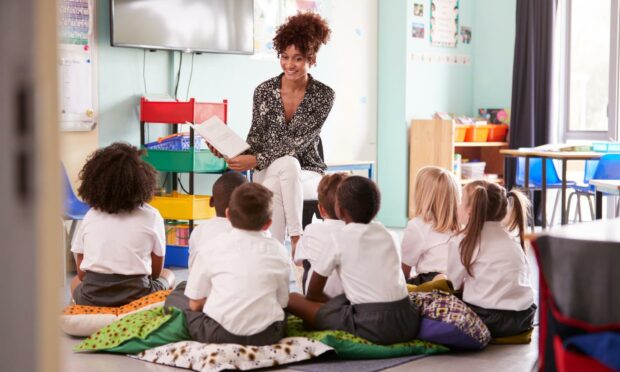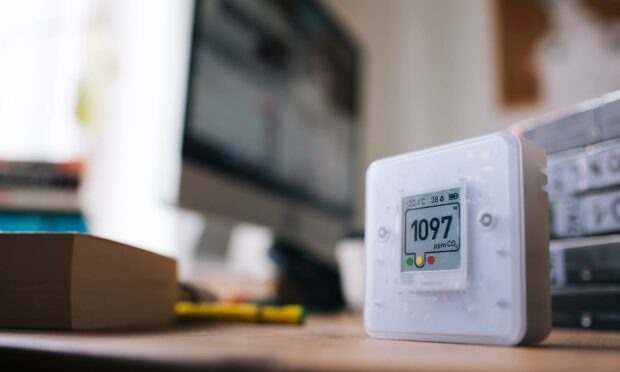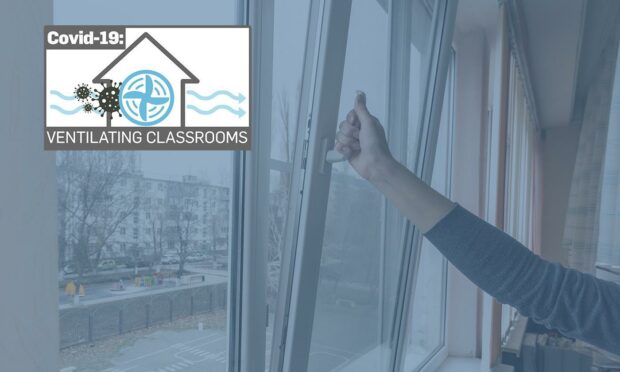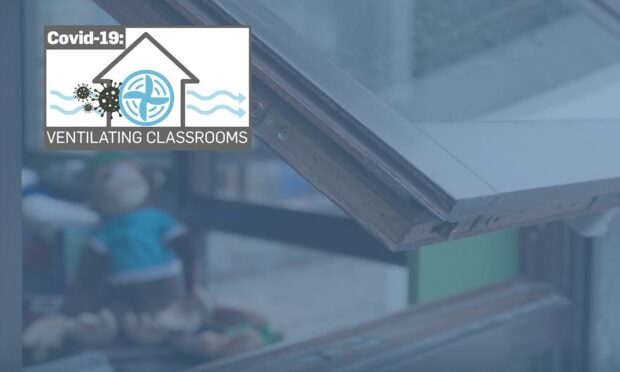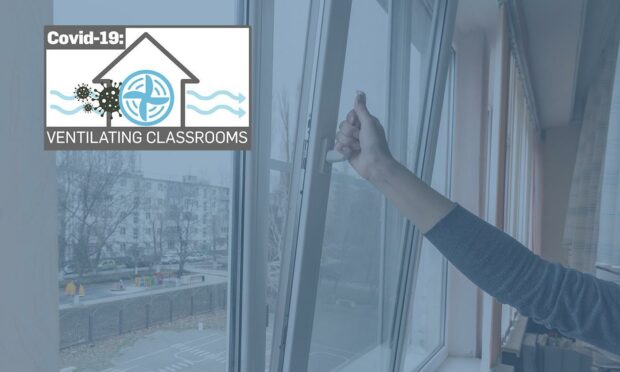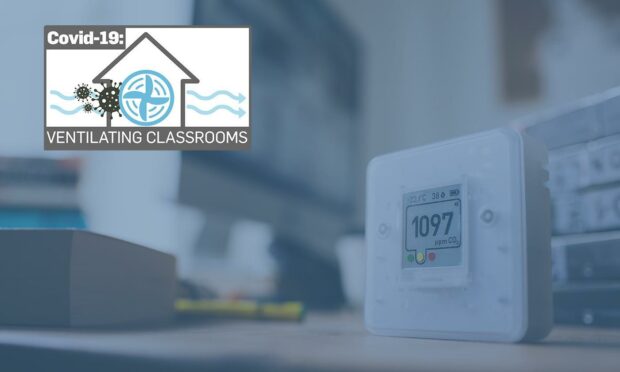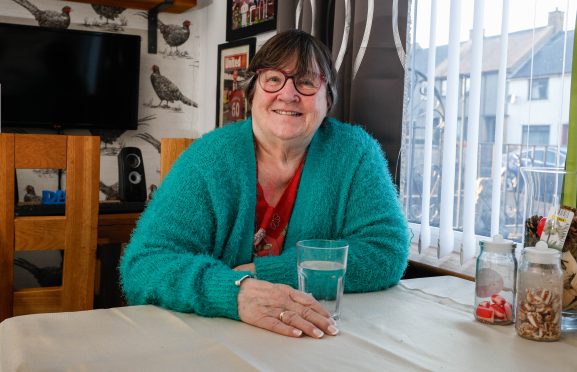Air filters are needed in every classroom to protect children from Covid-19, says a teachers group which claims air quality monitoring is unreliable.
Scottish Teachers for Positive Change and Wellbeing co-founder Nuzhat Uthmani says the method used to identify what the Scottish Government calls a ‘very small percentage’ of classrooms with ventilation problems does not show the true picture.
Carbon dioxide (CO2) monitors have been provided to schools across Scotland to assess the level of fresh air in classrooms, and indicate when additional ventilation is needed to reduce the risk of airborne spread of the virus among children and staff.
However, some classrooms have had to share mobile monitors and Ms Uthmani said that means CO2 levels – which will fluctuate with room use and other factors – cannot properly be tracked.
Instead of doing everything it can to protect children and keep schools open, she claimed the government had done the bare minimum and what it had done should have been done a year earlier.
She said: “It’s hugely frustrating to think we’ve allowed our children to catch the virus.
“Even though few have died or been severely ill we know that long Covid is an issue and we just don’t understand the long term consequences ultimately of this disease.
“And children are catching it again and again.”
- The schools in Fife, Perthshire and Angus with inadequate ventilation raising Covid risk
Often, she claimed, teachers have a CO2 monitor in their classroom for only a day at a time as schools don’t have enough to go round.
She said: “That is such an unscientific way of gathering data. There are so many variables. Was the monitor in the right place? Was it near a window, near a door? How many people were in your class that day?
“Unfortunately, the government uses that data to say everything is fine, there is only a handful of schools [with problematic ventilation].
We need to see an air filter in every classroom ultimately.”
Nuzhat Uthmani
“I don’t think that is reliable at all and we know that because we know how much Covid was spreading in schools.”
The Scottish Government says air cleaning devices should not be as a substitute for natural ventilation but has granted an additional £5 million for work to improve air flow in schools.
However, Ms Uthmani said it needs to go much further, stating: “We need to see an air filter in every classroom ultimately.”
Air filters and retaining the enhanced cleaning and hand washing procedures currently in place would help protect not just against Covid, she said, but other viruses and germs which can spread rapidly in schools.
The £5m announced in January was in addition to £10m from the Scottish Government last year for ventilation and CO2 monitoring and £90 of Covid logistics funding to councils.
Expert advice is clear that air cleaning devices should not be used as a substitute for ventilation.”
Scottish Government
Recently updated government guidance recommends schools have CO2 monitors in every teaching space for at least one full day a week and notes some councils already provide or aim to provide a monitor for every classroom.
A government spokesman said: “We have made an additional up to £5 million available to local authorities to improve ventilation in schools and early years settings.
“Only a very small percentage of spaces have to date been identified by local authorities as being problematic and remedial action is being undertaken by councils in line with guidance.
“Remedial measures should be informed by local circumstances and expert assessment but expert advice is clear that air cleaning devices should not be used as a substitute for ventilation.
“They may, however, be of use as a temporary mitigation in problematic spaces while longer term ventilation solutions are implemented.”
